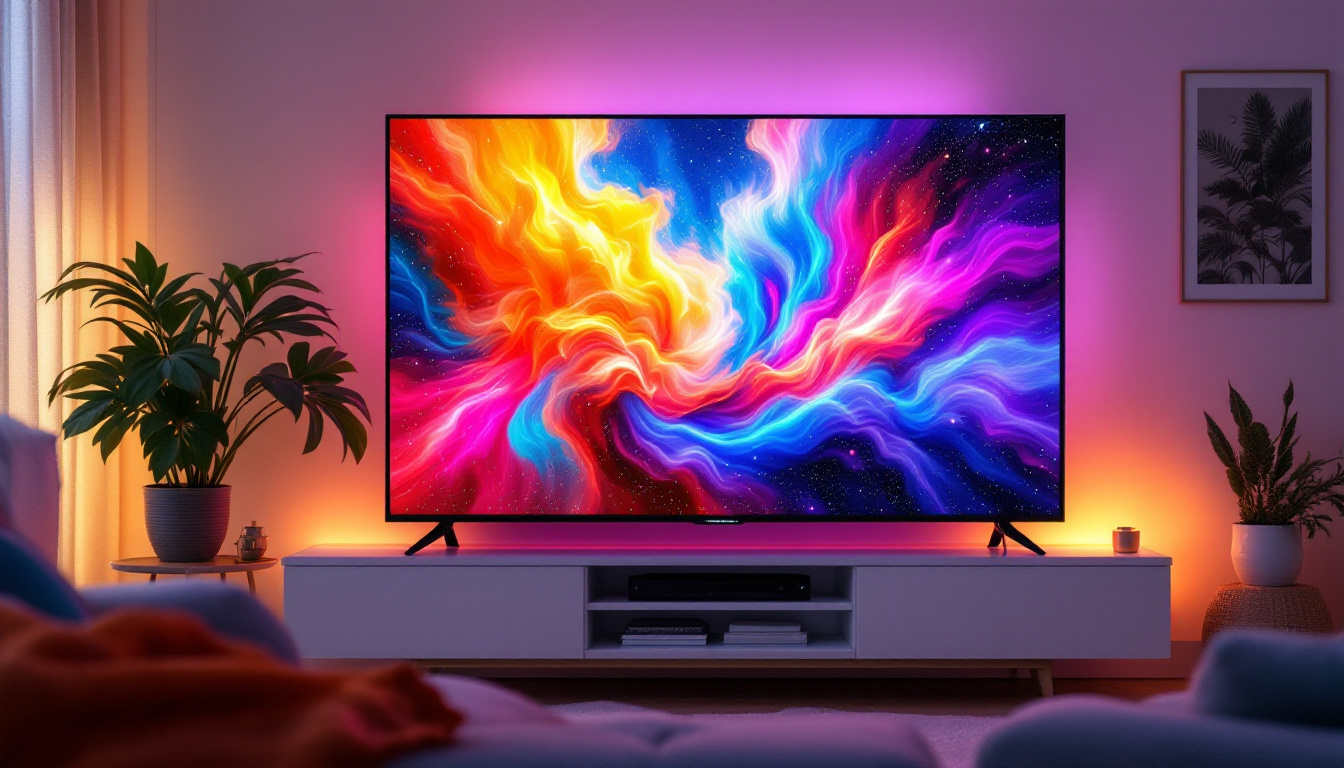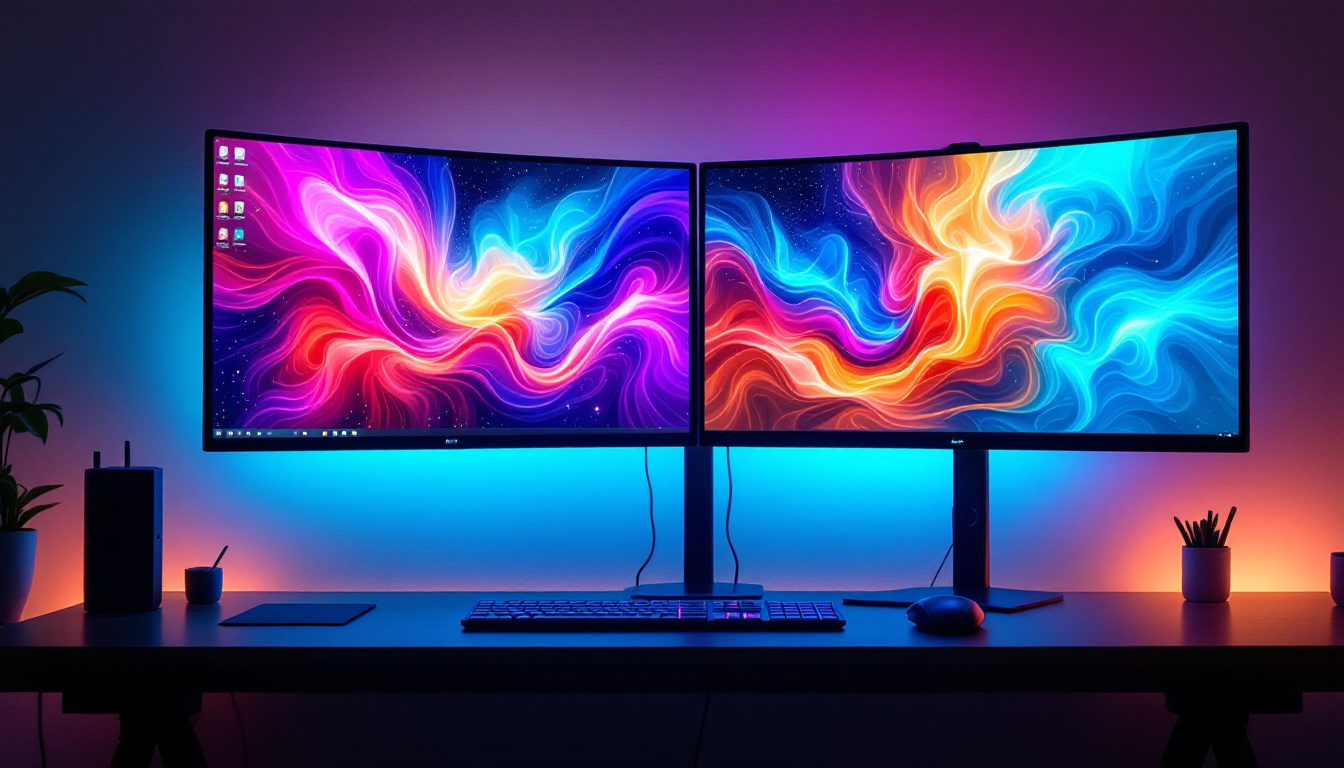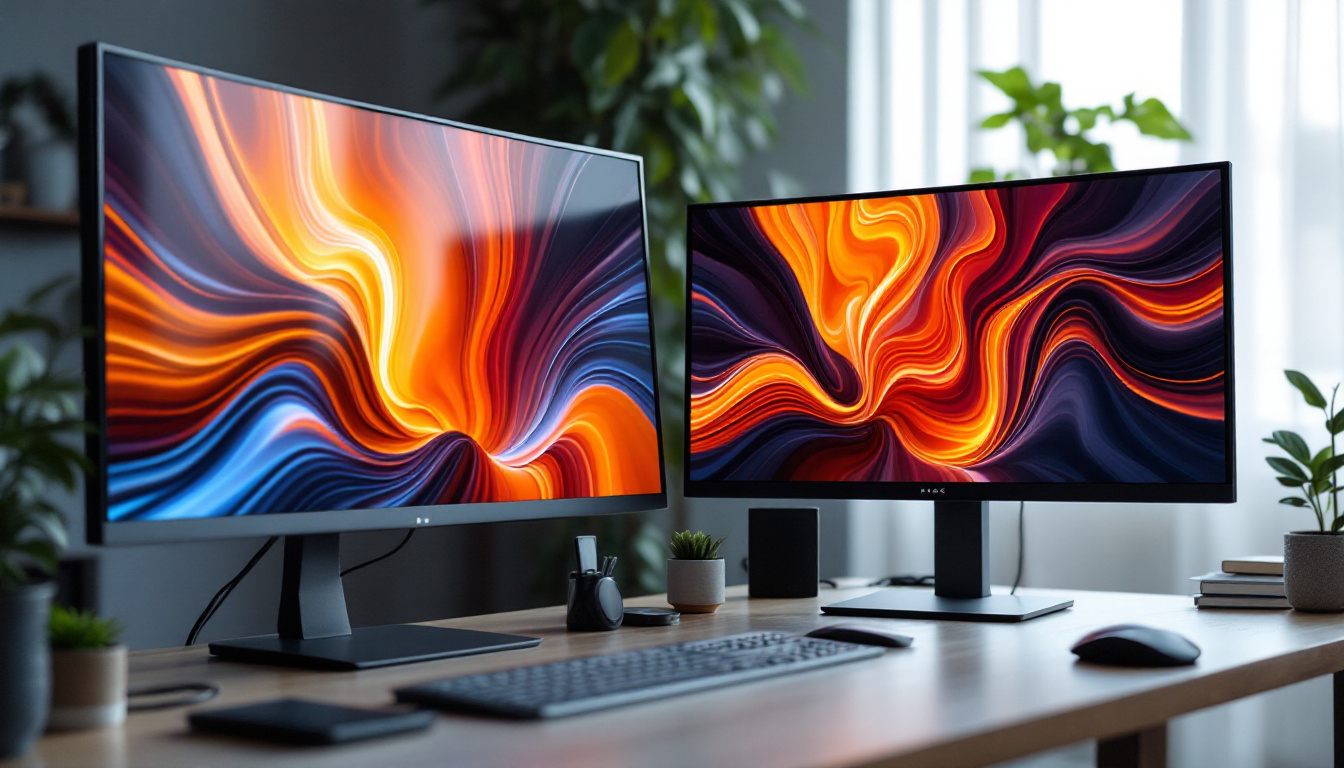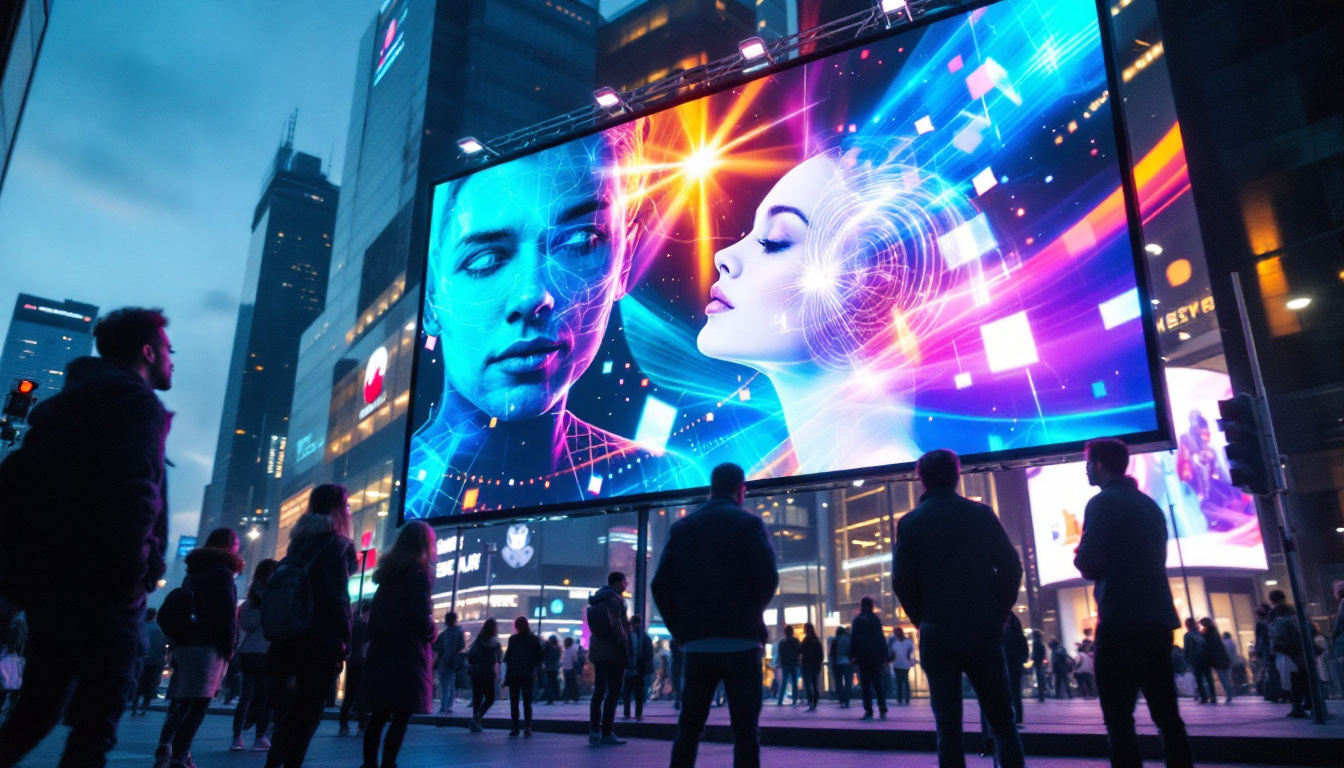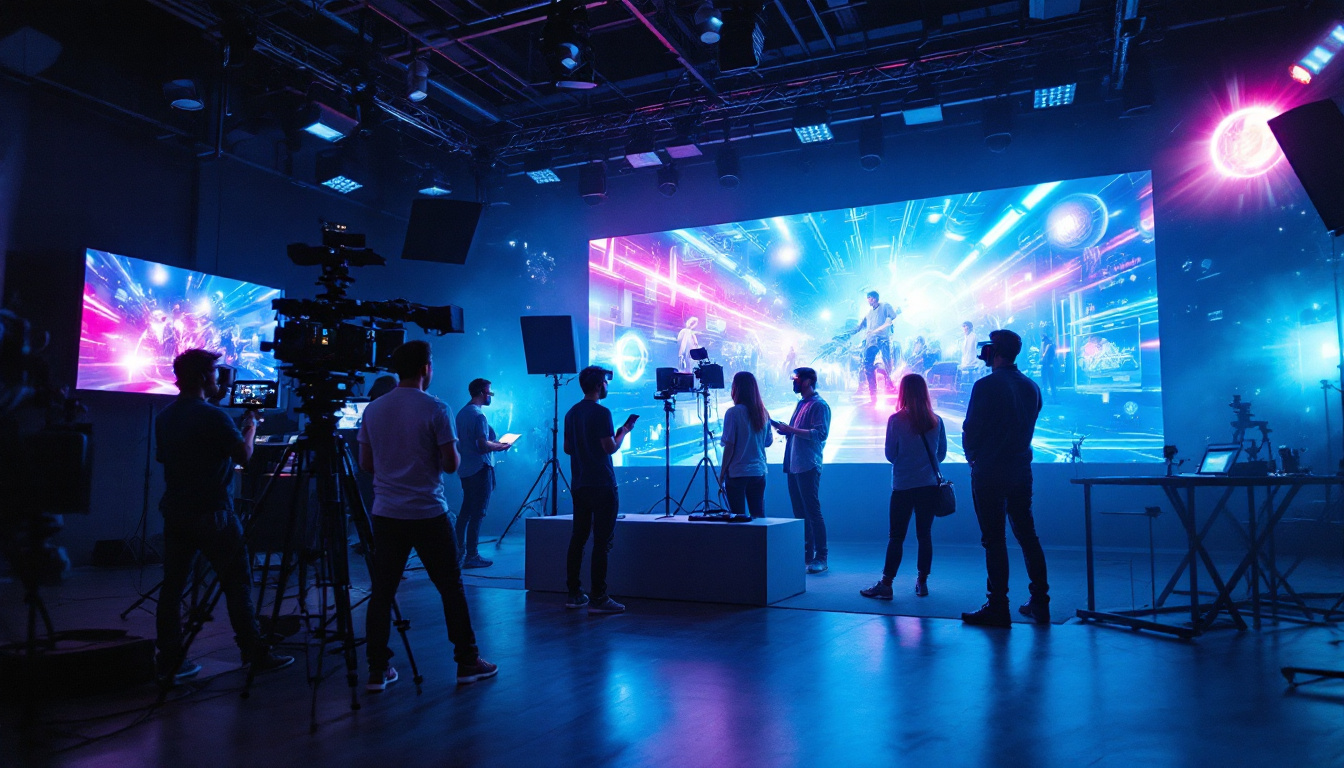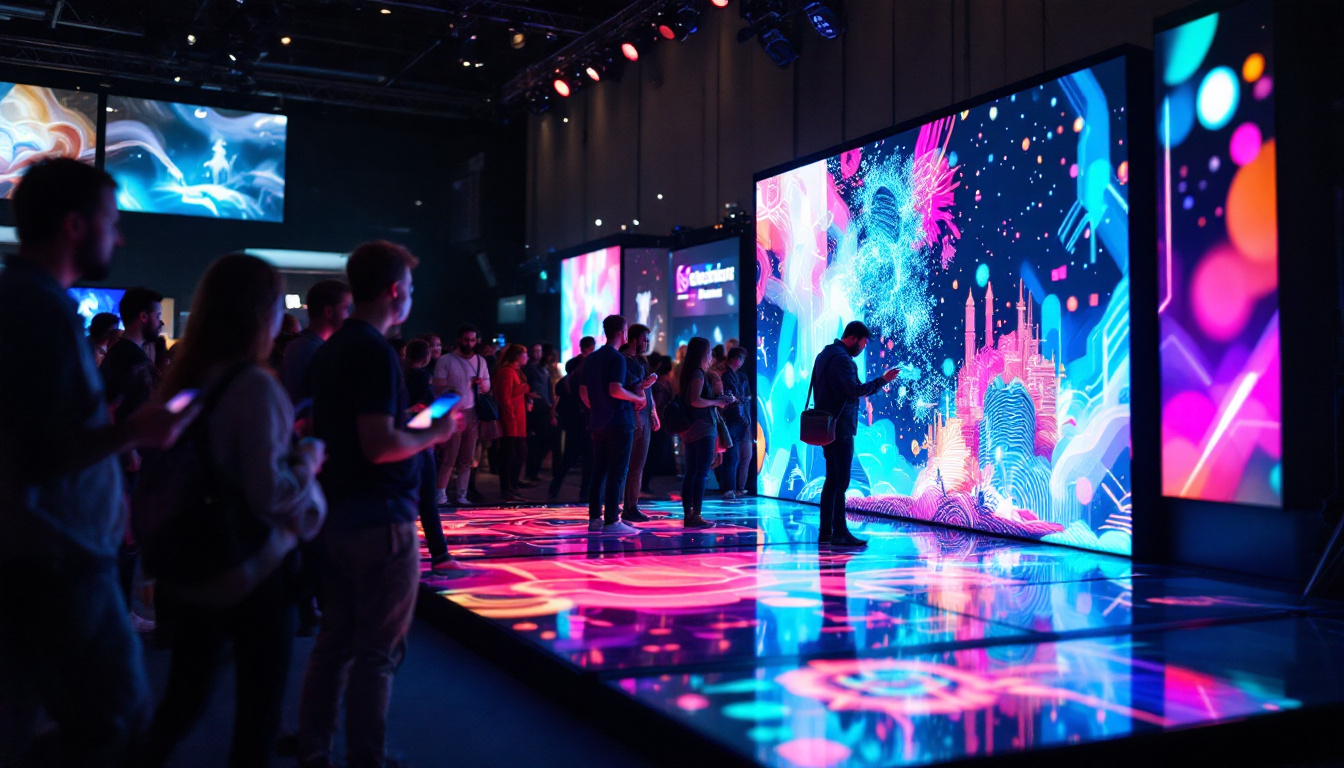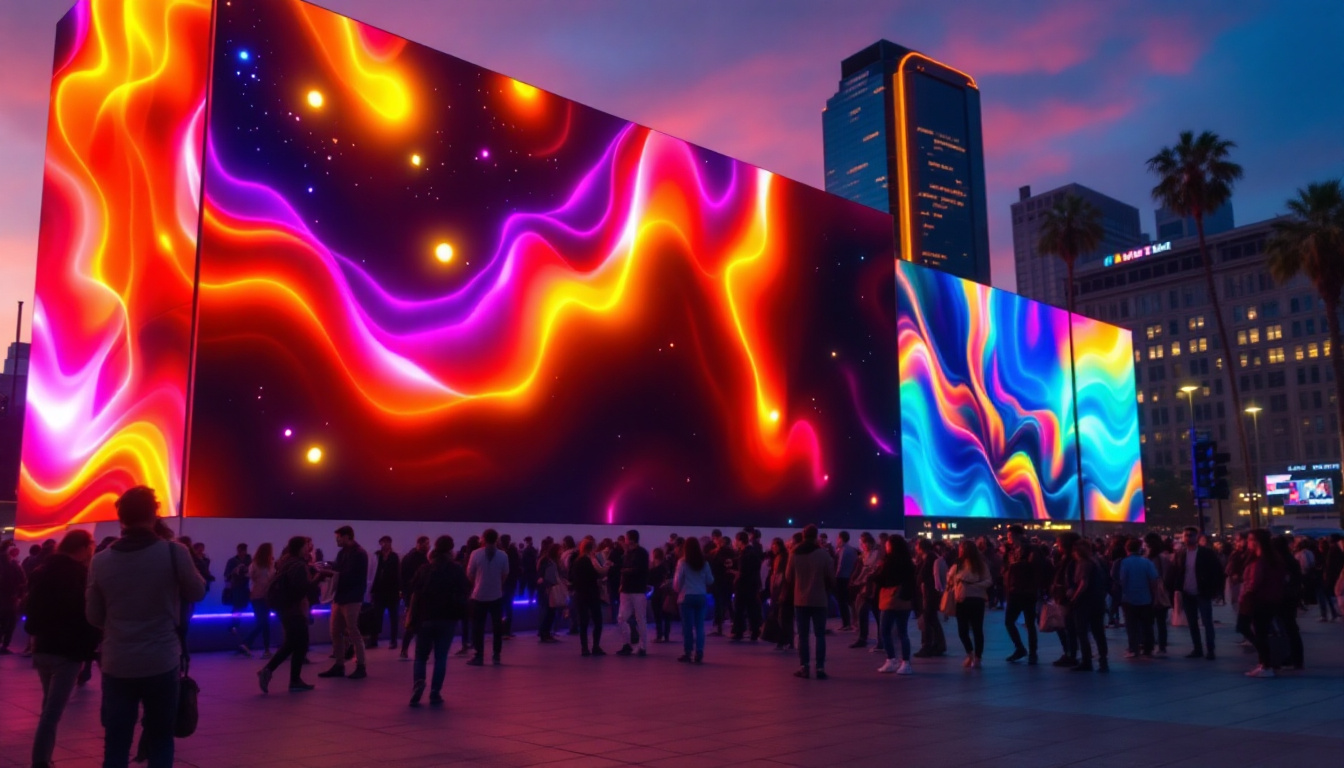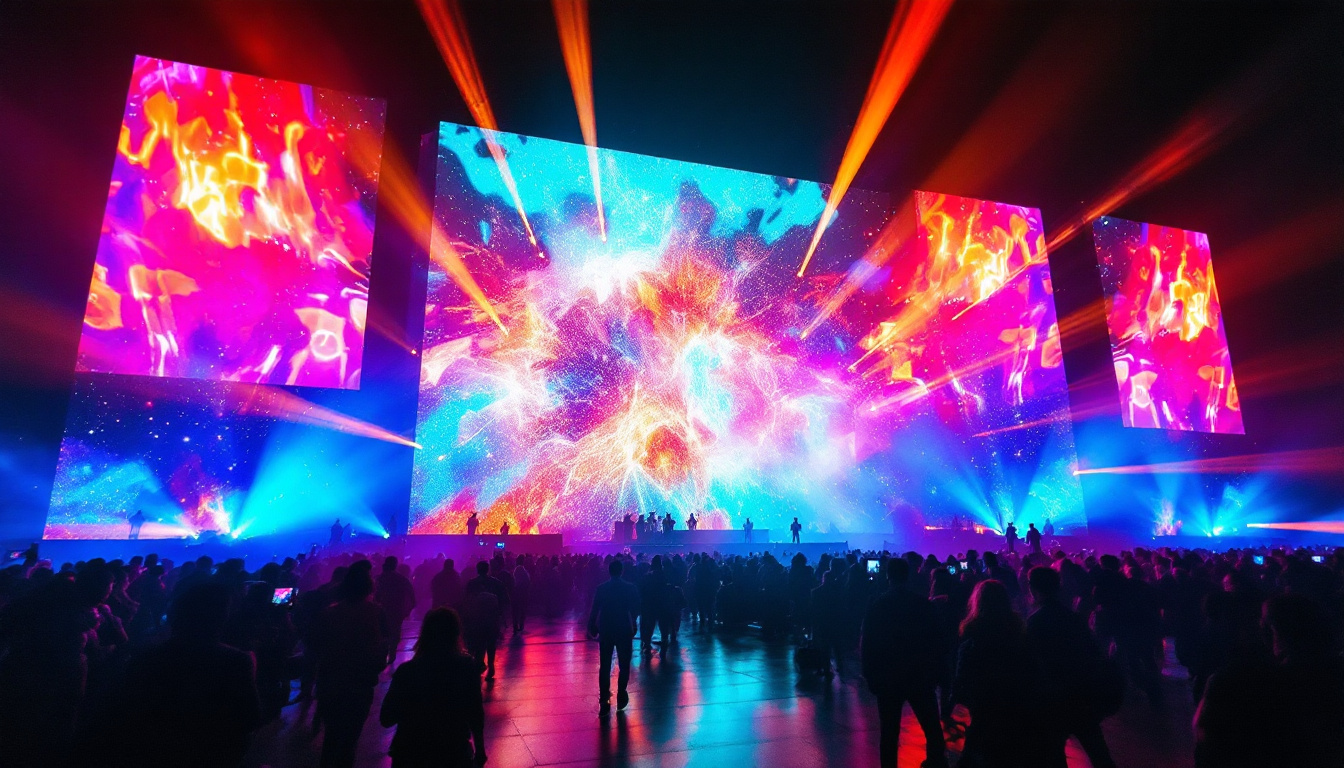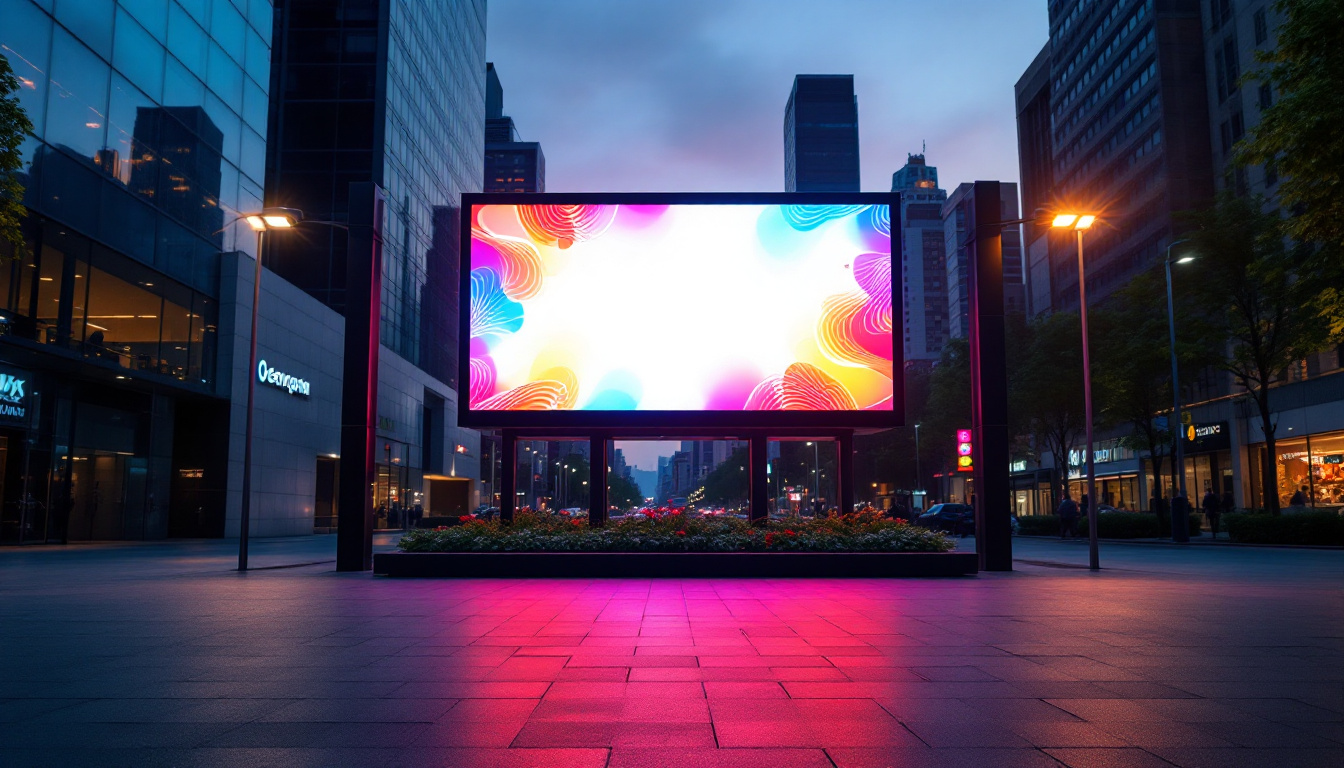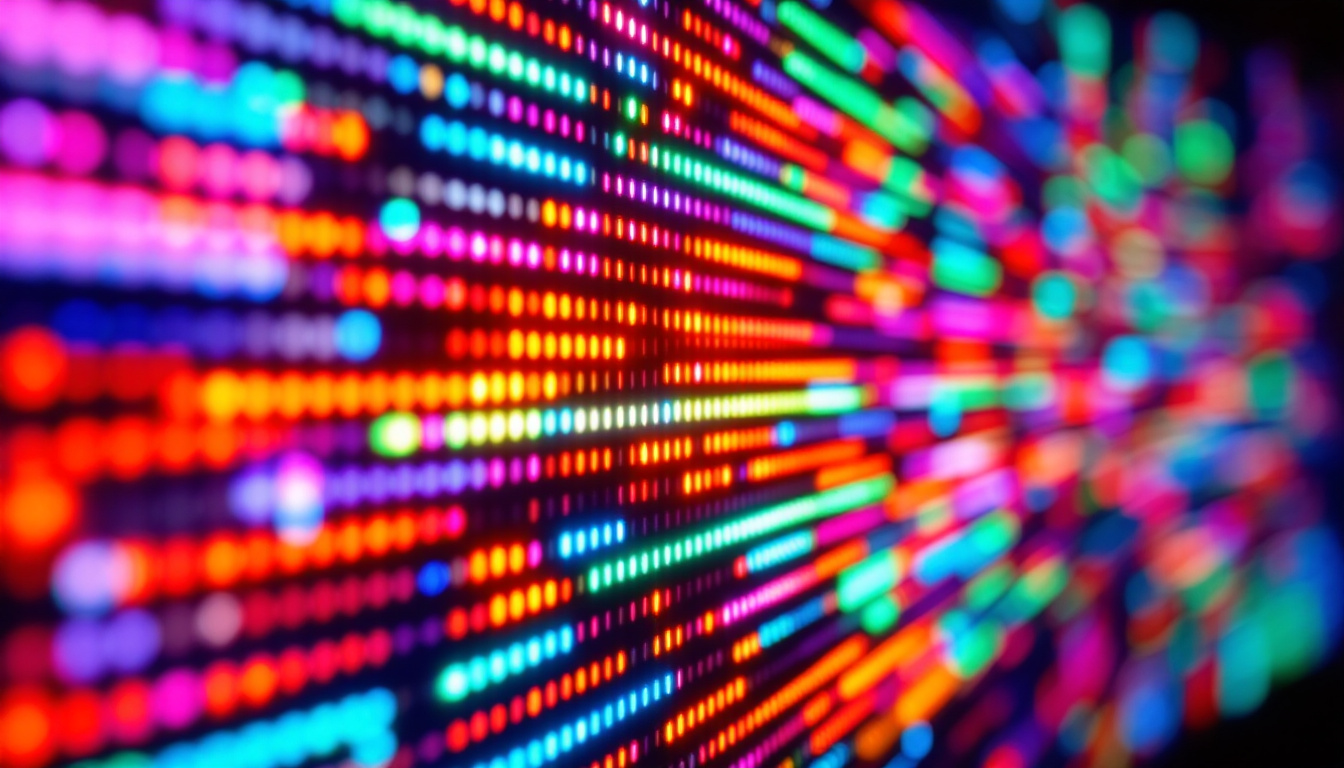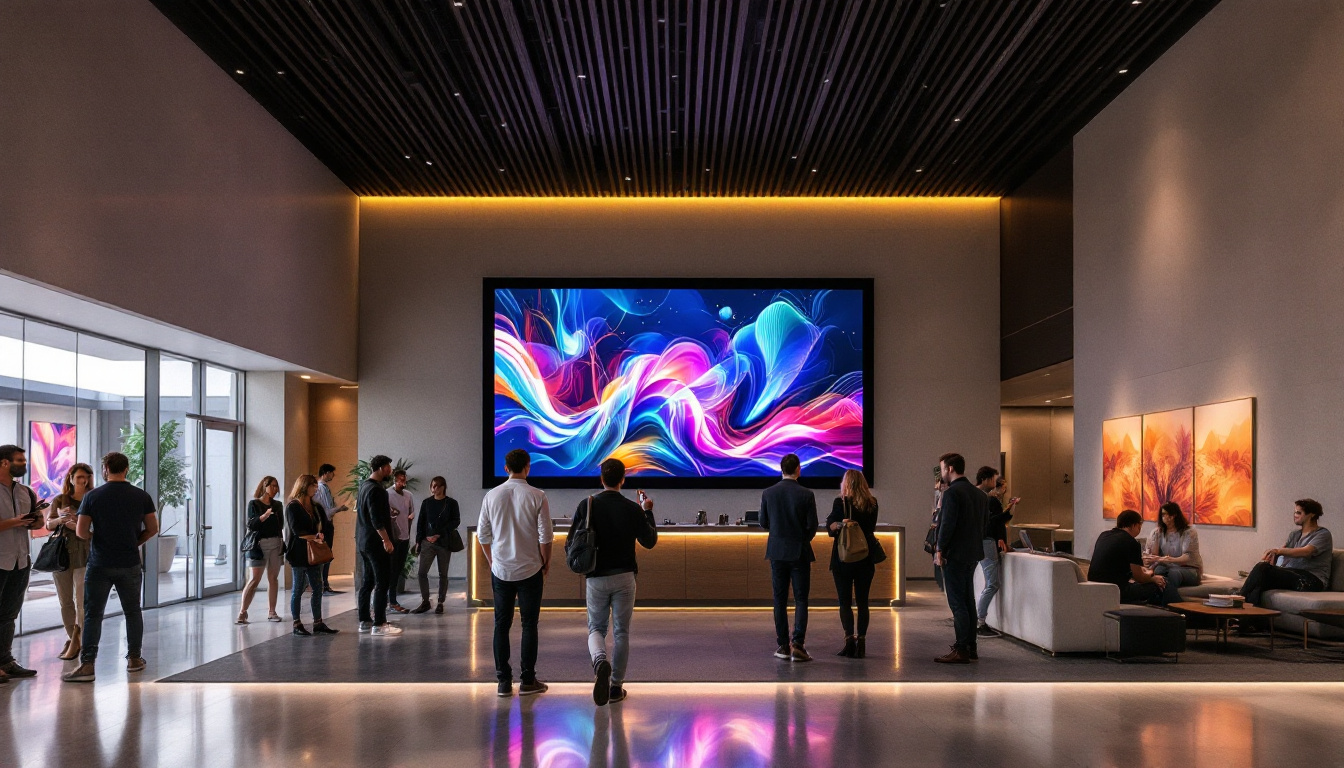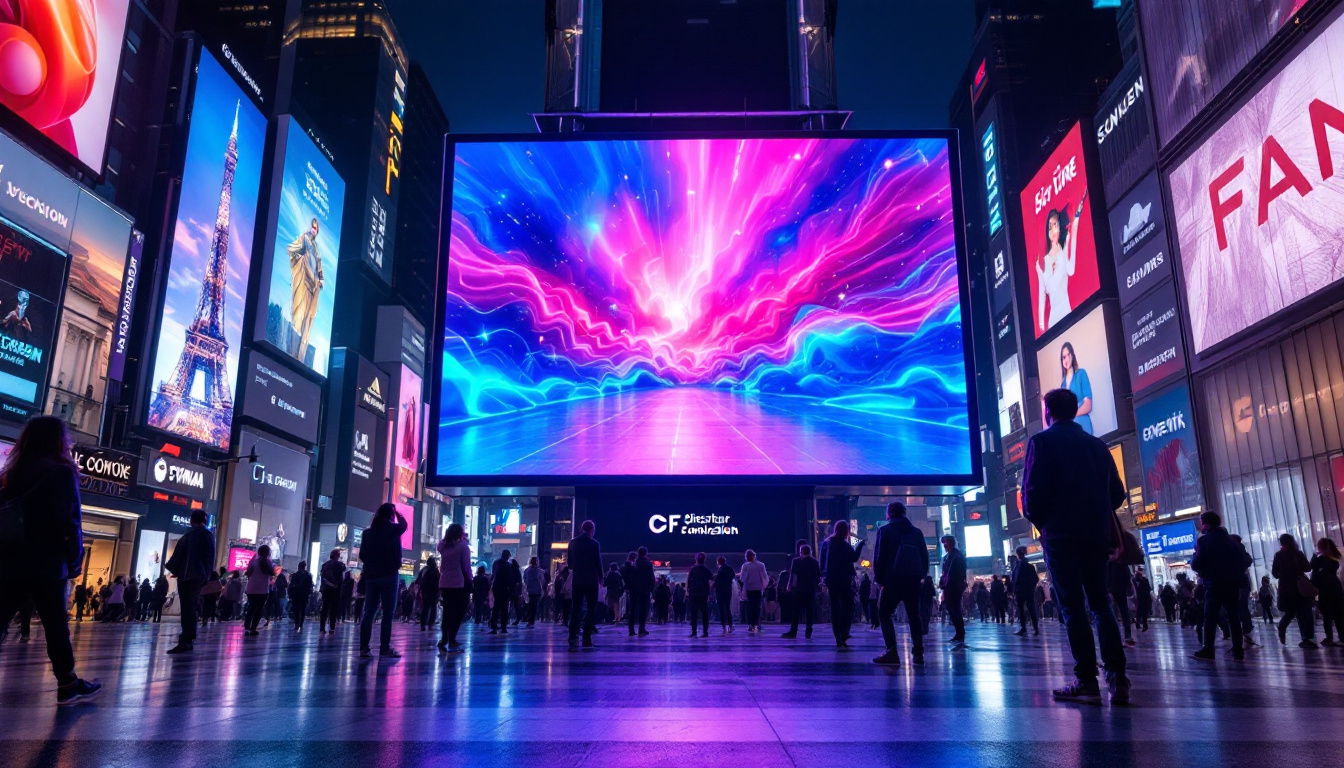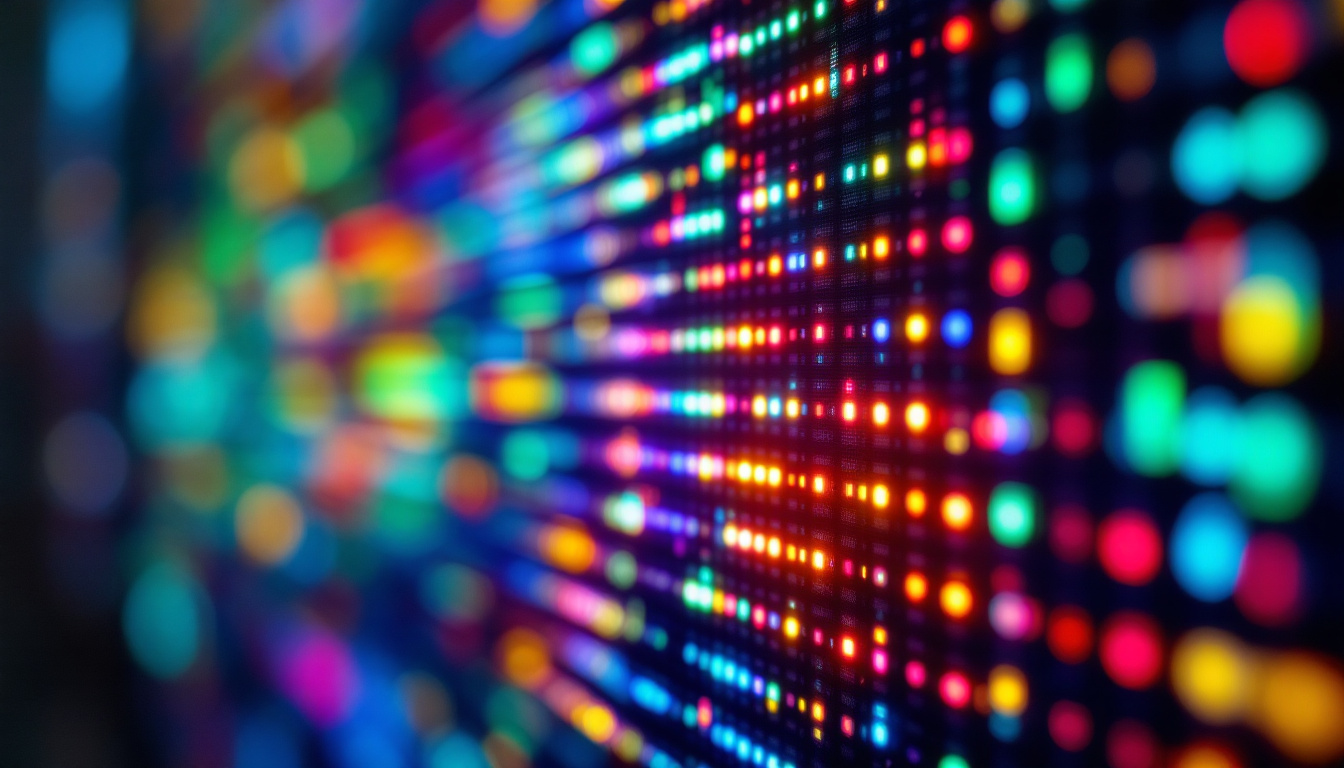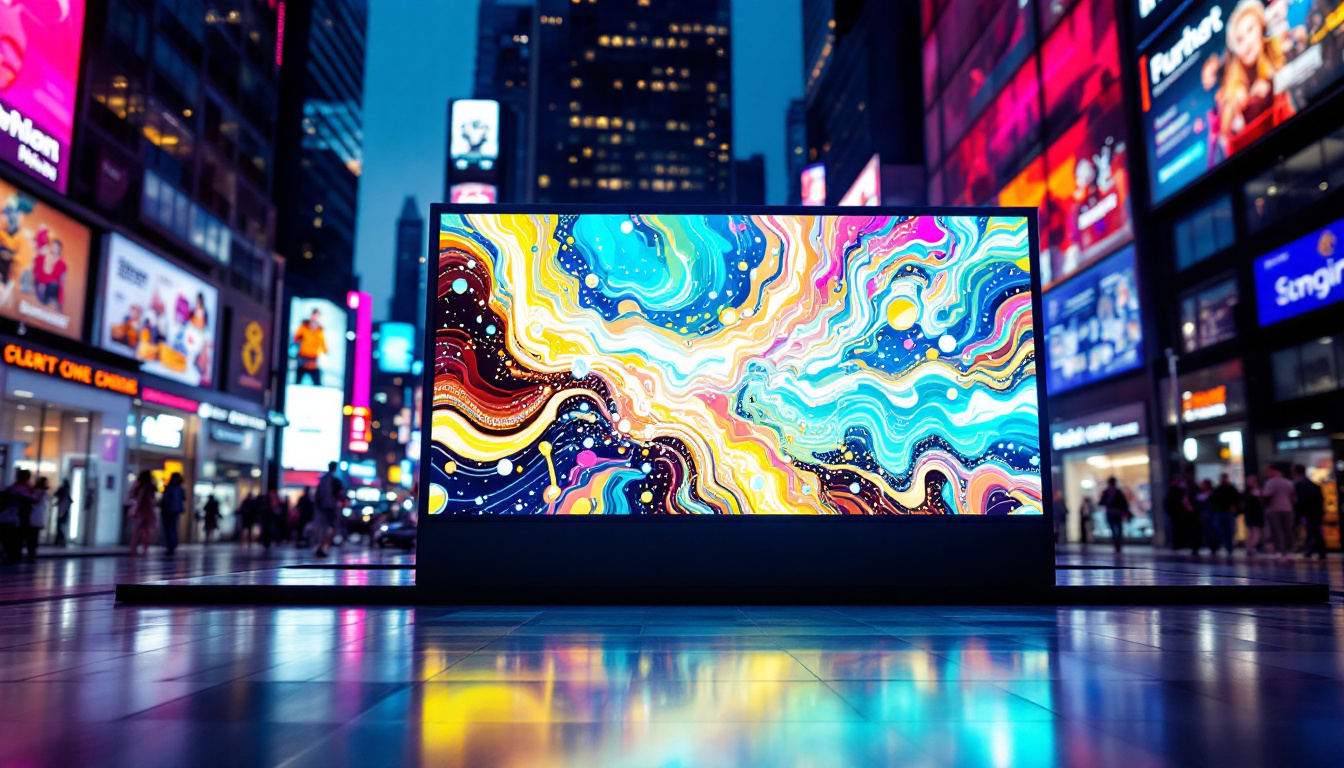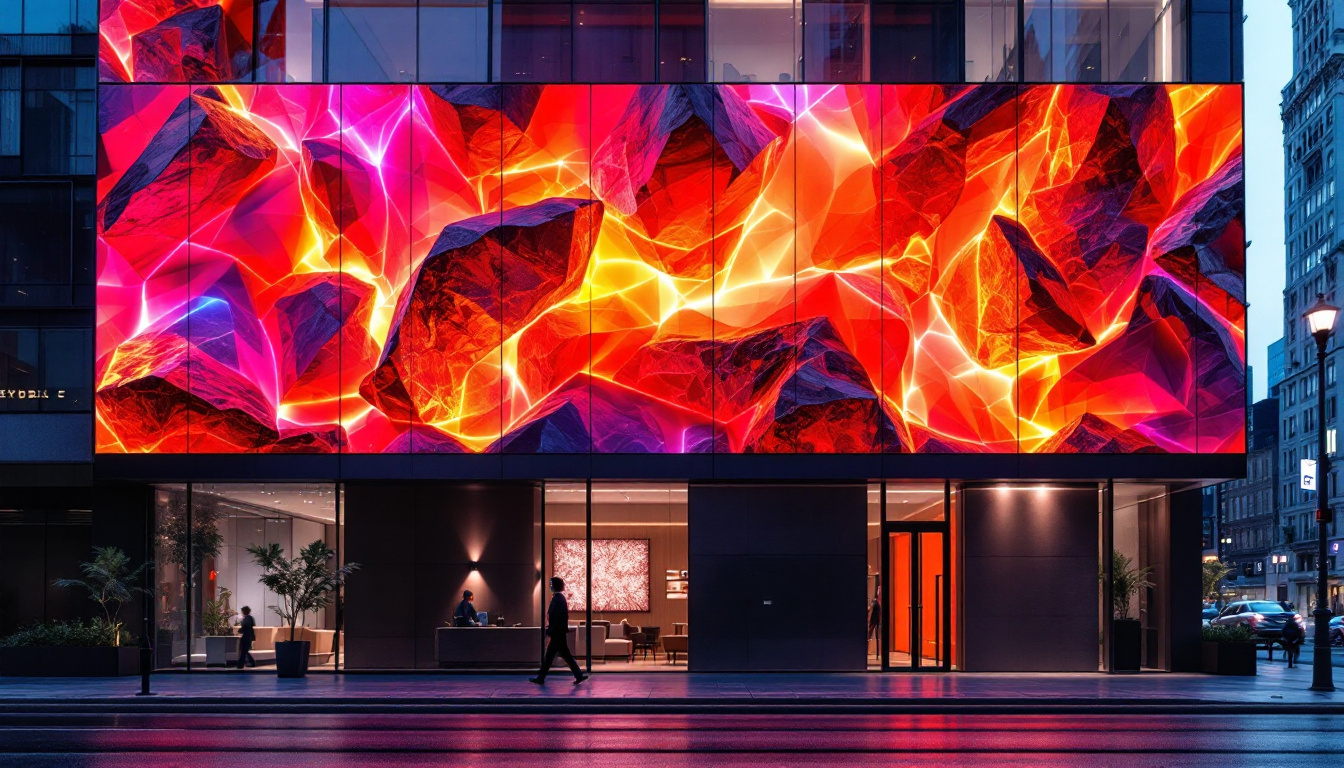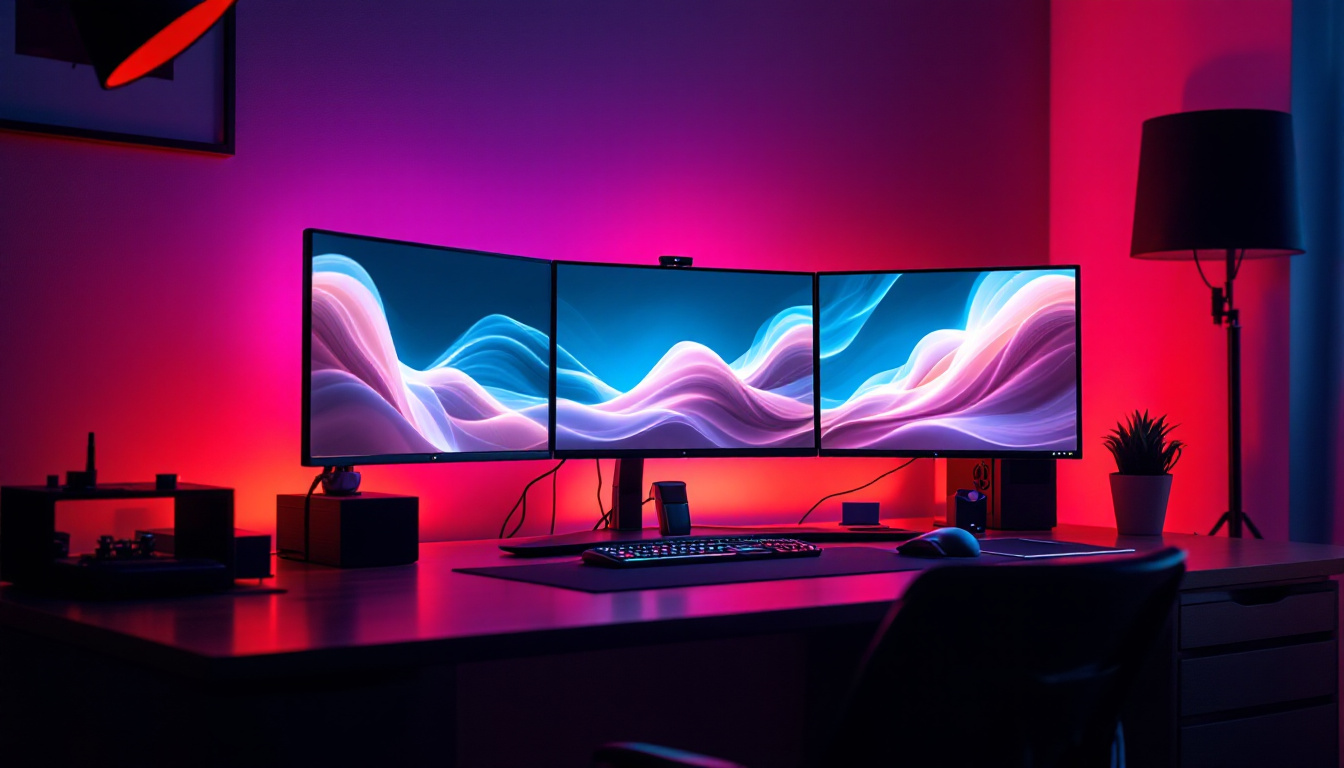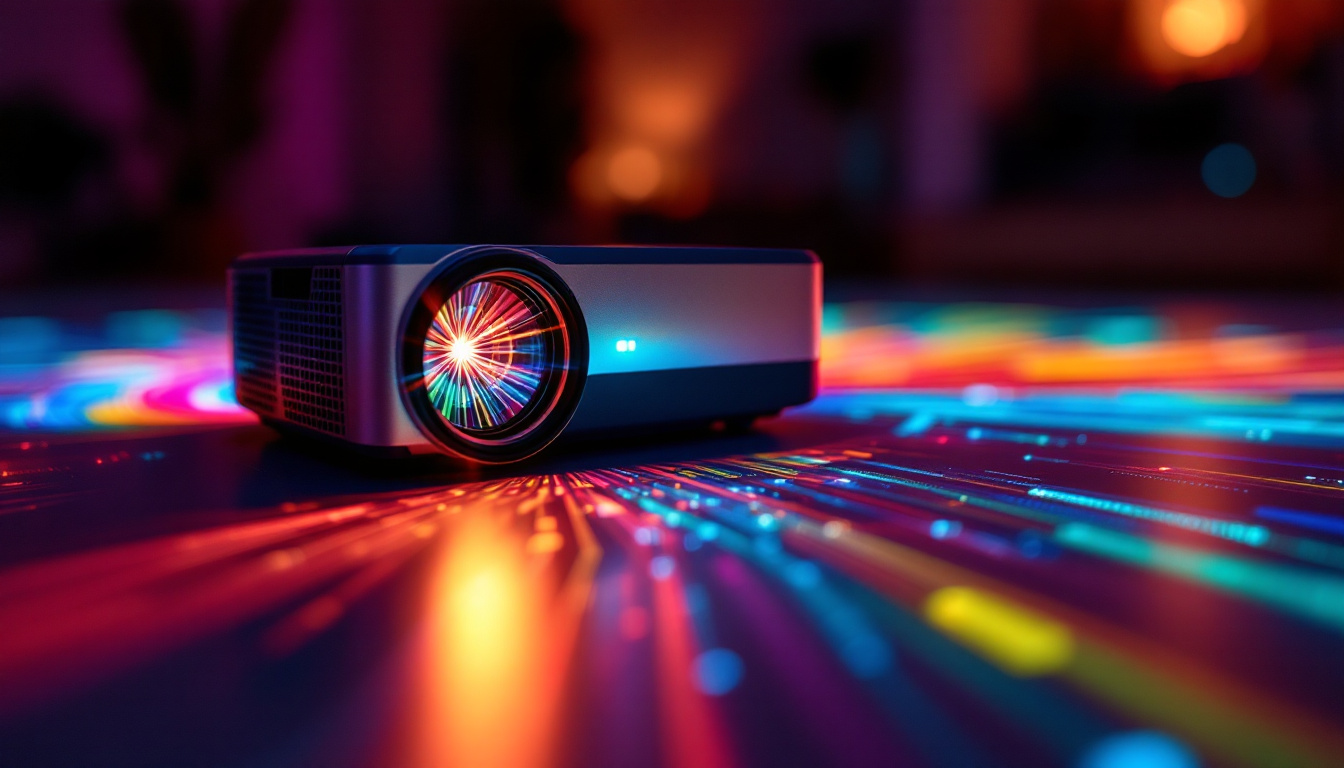In the modern era of entertainment, the television has evolved significantly, with LED displays becoming the standard for color screens. Understanding how LED technology works and its advantages can enhance the viewing experience. This article delves into the intricacies of LED displays, their benefits, and how they compare to other technologies.
Understanding LED Technology
LED, or Light Emitting Diode, is a semiconductor device that emits light when an electric current passes through it. This technology has revolutionized the way screens are designed and built, particularly in televisions. Unlike traditional cathode ray tube (CRT) displays, LED screens offer a thinner profile, better energy efficiency, and superior image quality. The adoption of LED technology has not only transformed consumer electronics but has also found applications in various fields such as automotive lighting, architectural illumination, and even horticulture, showcasing its versatility and efficiency.
How LED Displays Work
At the core of an LED display are tiny diodes that produce light. These diodes can be arranged in various configurations to create a vibrant color display. In most LED TVs, there are two primary types: edge-lit and backlit. Edge-lit displays have LEDs positioned around the edges of the screen, while backlit displays feature a full array of LEDs behind the screen, providing more uniform lighting and better contrast. This arrangement not only enhances the viewing experience but also allows manufacturers to create ultra-slim designs that are aesthetically pleasing and space-saving.
The process begins with a liquid crystal display (LCD) panel that requires backlighting. The LED lights illuminate the liquid crystals, which then manipulate the light to produce images. This combination of LCD and LED technology results in stunning visuals that are bright and colorful. Additionally, advancements in dimming technology, such as local dimming, allow certain areas of the screen to be darkened while others remain bright, further improving the dynamic range and depth of the images displayed.
Types of LED Displays
There are several types of LED displays, each with its unique characteristics. The most common types include:
- Standard LED: This is the most basic form of LED technology, where the screen is illuminated by LEDs placed behind the LCD panel.
- OLED (Organic LED): Unlike standard LEDs, OLED displays use organic compounds that emit light when an electric current is applied. This allows for deeper blacks and a wider color gamut. OLED technology is particularly favored for its ability to produce true black levels since individual pixels can be turned off completely, resulting in an infinite contrast ratio.
- QLED (Quantum Dot LED): This technology uses quantum dots to enhance color accuracy and brightness, providing a more vivid picture quality. QLED displays are known for their impressive brightness levels, making them ideal for viewing in well-lit environments.
In addition to these types, there are also emerging technologies such as Mini-LED and MicroLED, which promise even greater improvements in picture quality and energy efficiency. Mini-LED technology utilizes smaller LEDs for backlighting, allowing for more precise control over local dimming zones, while MicroLED displays consist of tiny self-emissive pixels that can deliver exceptional brightness and color performance without the drawbacks of traditional OLED screens, such as burn-in issues. As the industry continues to innovate, the future of LED technology looks promising, with potential applications extending far beyond traditional displays.
Advantages of LED Displays
LED displays offer numerous advantages that make them a popular choice among consumers. Their benefits extend beyond just aesthetics; they also improve functionality and energy efficiency.
Energy Efficiency
One of the most significant advantages of LED displays is their energy efficiency. Compared to traditional CRT TVs, LED screens consume significantly less power. This not only reduces electricity bills but also contributes to environmental sustainability. The lower energy consumption is particularly beneficial for larger screens, where the difference in power usage can be substantial. Furthermore, many LED displays come equipped with smart technology that allows users to adjust brightness settings based on ambient light conditions, further optimizing energy use. This adaptability not only enhances user experience but also promotes a greener lifestyle by minimizing unnecessary energy waste.
Image Quality
LED displays are renowned for their superior image quality. With higher brightness levels and better contrast ratios, they deliver vibrant colors and sharp images. The ability to produce deeper blacks enhances the overall viewing experience, especially in dark scenes. Additionally, advancements in technology have led to improved color accuracy, making LED displays ideal for watching movies and playing video games. The incorporation of HDR (High Dynamic Range) technology in many modern LED displays allows for an even wider range of colors and brightness levels, making images appear more lifelike. This feature is particularly appealing to photographers and graphic designers who require precise color representation in their work.
Longevity and Durability
LED screens are built to last. With a lifespan that can exceed 50,000 hours, they outlast many other display technologies. This durability is attributed to the solid-state nature of LEDs, which are less prone to damage compared to fragile components found in older technologies. As a result, consumers can enjoy their investment for years without significant degradation in quality. Moreover, the robust construction of LED displays makes them suitable for various environments, from home theaters to outdoor advertising. Their resistance to shock and vibration ensures that they can withstand the rigors of daily use, making them a reliable choice for both personal and commercial applications. Additionally, many manufacturers offer warranties that reflect the confidence in their product’s longevity, providing consumers with peace of mind in their purchase.
Comparing LED with Other Display Technologies
While LED displays are popular, it is essential to compare them with other technologies to understand their position in the market. The most notable competitors include OLED and plasma displays.
LED vs. OLED
OLED technology offers several advantages over traditional LED displays, primarily in terms of picture quality. OLED screens can achieve true blacks since each pixel emits its own light and can be turned off completely. This results in a higher contrast ratio and more vibrant colors. However, OLED displays tend to be more expensive and may suffer from burn-in issues if static images are displayed for extended periods.
LED vs. Plasma
Plasma displays were once the go-to technology for large screens, offering excellent color reproduction and viewing angles. However, they have largely fallen out of favor due to their higher power consumption and susceptibility to screen burn-in. LED displays have surpassed plasma in terms of energy efficiency and longevity, making them the preferred choice for most consumers.
Choosing the Right LED TV
When selecting an LED TV, several factors should be considered to ensure the best viewing experience. These include screen size, resolution, and additional features.
Screen Size
The size of the TV is crucial for creating an immersive viewing experience. Larger screens are better suited for bigger rooms, while smaller screens work well in compact spaces. It’s essential to consider the distance from which the TV will be viewed; a general rule of thumb is to sit at a distance of 1.5 to 2.5 times the diagonal size of the screen for optimal viewing.
Resolution
Resolution plays a vital role in picture quality. The most common resolutions available are Full HD (1080p), 4K (2160p), and 8K. While Full HD is still acceptable for many viewers, 4K has become the standard, offering four times the resolution of 1080p. For those seeking the highest quality, 8K TVs are available, but content in this resolution is still limited.
Smart Features
Many modern LED TVs come equipped with smart features, allowing users to stream content directly from the internet. Features such as built-in apps, voice control, and compatibility with smart home devices enhance the overall user experience. When choosing an LED TV, it’s important to consider which smart features are essential for personal viewing habits.
Future of LED Technology
The future of LED technology looks promising, with continuous advancements enhancing performance and user experience. Innovations in display technology are set to redefine how viewers interact with their televisions.
MicroLED Technology
MicroLED is an emerging technology that promises to combine the best aspects of OLED and traditional LED displays. It uses microscopic LEDs to create individual pixels, allowing for incredible color accuracy, brightness, and contrast. MicroLED displays are modular, meaning they can be customized to fit various sizes and shapes, paving the way for innovative designs.
Enhanced Color Gamuts
Future developments in LED technology will likely focus on expanding color gamuts. This means that displays will be able to reproduce a wider range of colors, resulting in more lifelike images. As content creation evolves, the demand for displays that can accurately represent these colors will increase.
Integration with Augmented Reality
As augmented reality (AR) becomes more prevalent, LED technology may play a crucial role in delivering immersive experiences. Future LED displays could integrate AR capabilities, allowing viewers to interact with content in new and exciting ways. This integration could transform how entertainment is consumed, blurring the lines between reality and virtual experiences.
Conclusion
LED displays have transformed the television landscape, offering superior image quality, energy efficiency, and longevity. As technology continues to advance, LED screens will remain at the forefront of the industry, providing consumers with an unparalleled viewing experience. Understanding the intricacies of LED technology can empower viewers to make informed decisions when selecting their next television, ensuring they enjoy the best that modern entertainment has to offer.
With the rapid pace of innovation, staying informed about the latest developments in LED technology will be essential for anyone looking to enhance their home entertainment setup. As new features and improvements emerge, the future of LED displays promises to be bright and exciting.
Discover the Future of LED Displays with LumenMatrix
As you consider the advancements and benefits of LED display technology for your home or business, LumenMatrix stands at the cutting edge, ready to elevate your visual experience. With a commitment to innovation, LumenMatrix offers a diverse range of LED display solutions, from Indoor and Outdoor LED Wall Displays to specialized options like Vehicle, Sports, and Floor LED Displays. Whether you’re looking to create an immersive environment or enhance your brand’s visibility, LumenMatrix’s Custom and All-in-One LED Displays, including the striking LED Transparent Display, are designed to captivate and engage. Embrace the future of visual communication and Check out LumenMatrix LED Display Solutions today to see how they can transform your space with clarity and impact.

